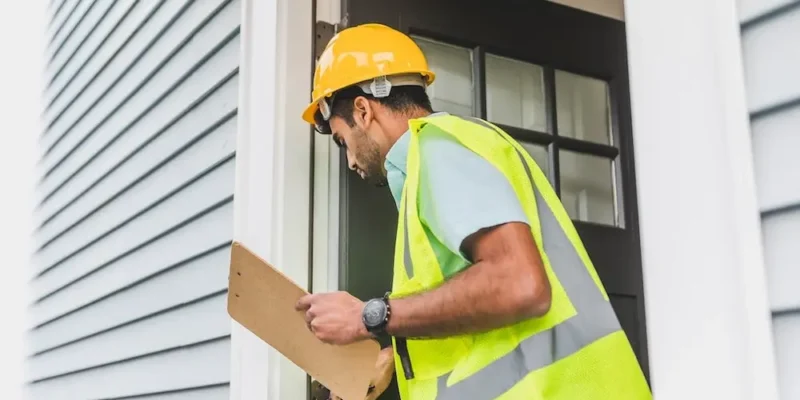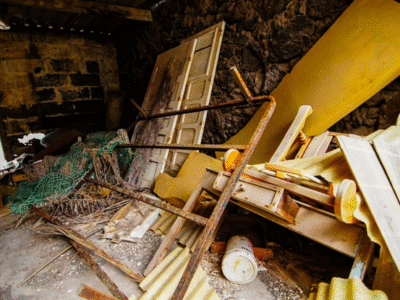Are you gearing up to buy a new home or property? Congratulations on this exciting milestone! However, before sealing the deal, there’s a crucial step you shouldn’t overlook – the building inspection. This comprehensive evaluation may seem daunting, but with the proper knowledge and preparation, you can breeze through the process like a pro.
A building inspection is a thorough examination of a property’s condition by a qualified professional. Its primary goal is to identify potential issues, defects, or areas of concern that may impact the property’s safety, structural integrity, and overall value.
Building inspections matter
Investing in a residential or commercial property is a substantial financial commitment. A building inspection is your ally, providing invaluable insights and empowering you to make an informed decision. By uncovering potential problems early on, you can avoid costly surprises down the line and negotiate with the seller from a position of knowledge. Moreover, many lenders and mortgage providers require a building inspection report before approving financing, making this step a crucial component of the purchase process.
Choosing the right inspector
Not all building inspectors are created equal. Selecting a qualified and experienced professional with a keen eye for detail and a thorough understanding of construction standards and building codes is essential. Look for licensed, insured, and certified inspectors by reputable organizations. Additionally, consider their reputation, specializations, and communication skills – you want someone who can clearly explain their findings and recommendations.
Preparing for the inspection
To ensure a smooth and efficient inspection process, there are a few steps you can take to prepare:
- Clear access- Remove any obstacles or clutter that may hinder the inspector’s ability to access critical areas of the property, such as attics, crawl spaces, and basements.
- Gather documentation– Have any available building plans, permits, or previous inspection reports for the inspector’s reference check out the post right here about the building inspections Sydney.
- Make a list– Note any specific concerns or areas you’d like the inspector to focus on, such as a leaky roof or a cracked foundation.
- Attend the inspection– While not mandatory, attending the inspection in person allows you to ask questions, gain first-hand insights, and better understand the inspector’s findings.
Inspection process unveiled
During the inspection, the professional will methodically examine the property’s various components, including:
- Foundation, framing, walls, floors, and ceilings
- Siding, doors, windows, roof, and drainage systems
- Plumbing, electrical, heating, ventilation, and air conditioning (HVAC) systems
- Smoke detectors, carbon monoxide detectors, and fire extinguishers
The inspector will document their findings, typically in a comprehensive report accompanied by photographs and recommendations for repairs or further evaluation.
Deciphering the inspection report
Once the inspection is complete, you’ll receive a detailed report outlining the inspector’s findings. This document is crucial in helping you make an informed decision about the property. Here are some key elements to look for:
- The report should highlight any significant defects or areas of concern that require immediate attention or further evaluation.
- The inspector may provide a prioritized list of recommended repairs or upgrades, from critical to cosmetic.
- Sometimes, the inspector may provide rough estimates for necessary repairs or replacements, helping you budget accordingly.
- The report may include valuable maintenance tips to help you keep the property in top condition.
Armed with the inspection report, you’re in a solid position to negotiate with the seller. If significant issues were identified, you may request that necessary repairs be completed before closing or negotiate a price adjustment to cover the costs.







Comments